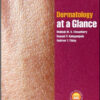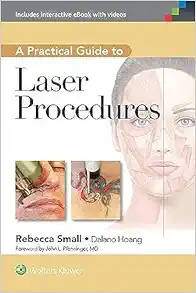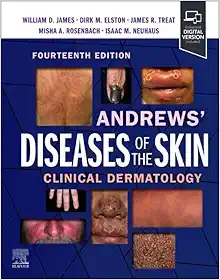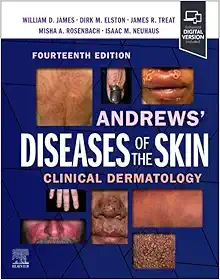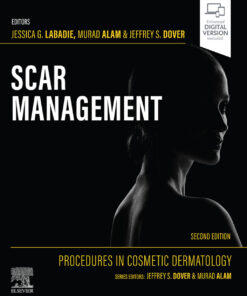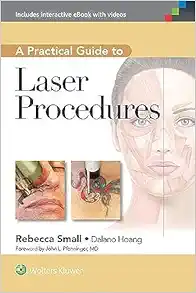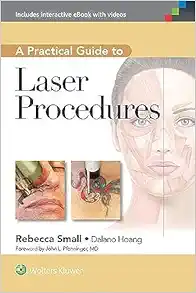- Series: PRINCIPLES OF DERMATOLOGY (LOOKINGBILL)
- Paperback: 344 pages
- Publisher: Saunders; 4 edition (July 31, 2006)
- Language: English
- Type : PDF , NVA , EPUB , MOBI
Payment method: Visa or master card (paypal)
Once the payment is completed, receive the download link in the
Lookingbill and Marks’ Principles of Dermatology, 4th Edition
$10
by James G. Marks Jr. MD (Author)
- James G. Marks, Jr., MD, Professor of Medicine, Chief, Division of Dermatology, Department of Medicine, The Milton S. Hershey Medical Center, Hershey, PA;
- Jeffrey J. Miller, MD, Assistant Professor of Dermatology, Department of Dermatology, Pennsylvania State University College of Medicine
- Includes color clinical photos to facilitate diagnosis.
- Features self-assessment tests to polish your understanding of principles discussed.
- Adds extra pages at the end of each chapter with photos of more uncommon presentations to encourage you to think about non-obvious solutions.
- Uses full-color histopathology illustrations for additional clarity.
- Places cross-sectional line diagrams alongside color clinical photographs to show you what each syndrome looks like and provide schematic representation of the cause and condition.
- Uses tables to summarize main characteristics of major groups of skin conditions.
- Summarizes key information for easy comparison of variations of different skin diseases in same group.
- Presents a consistent format to help you find information in a systematic way.
Lookingbill and Marks’ Principles of Dermatology, 4e
By
Type : PDF , NVA , EPUB , MOBI
Payment method: Visa or master card (paypal)
Once the payment is completed, receive the download link in the
This book meets your needs for an affordable, well-structured, user-friendly guide to dermatological diagnosis and treatment. It begins with principles of diagnosis and therapy before going on to discuss the major groups of skin diseases. Each skin disorder is illustrated with a color clinical photograph as well as a line drawing showing you exactly what the entity looks like. The logical organization of the chapters guides you towards an accurate diagnosis with therapy options in highlighted boxes. Tables in each chapter rank diseases according to frequency of incidence and highlights clinical features to assist you in making a differential diagnosis. Clinical examples of unusual presentations or unusual cases test your understanding and ability to apply key principles discussed in the text.
New to This Edition
Key Features
Product Details
Related Products
DERMATOLOGY
DERMATOLOGY
DERMATOLOGY
DERMATOLOGY
DERMATOLOGY
DERMATOLOGY
DERMATOLOGY
DERMATOLOGY
DERMATOLOGY
DERMATOLOGY
DERMATOLOGY



